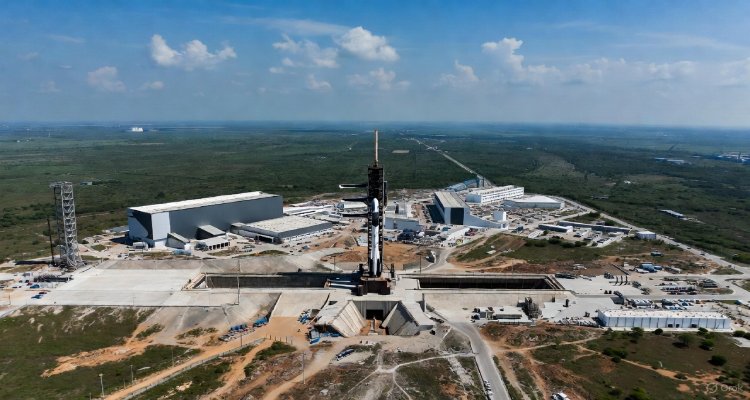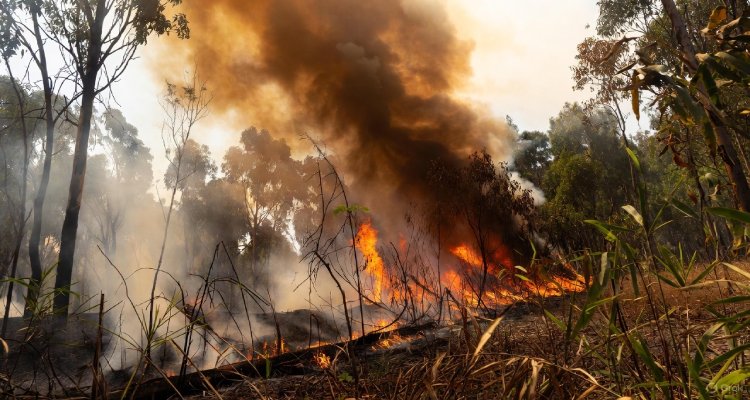ignals from the Planet: Earth Science Updates You Need to Know
From melting glaciers to shifting tectonics, explore the latest Earth science updates reshaping our understanding of the planet’s health and future.
Introduction: Listening to Earth’s Signals
The planet is speaking—and scientists are listening more closely than ever. From the deepest ocean trenches to the highest mountain peaks, Earth’s signals are painting an increasingly urgent picture of environmental shifts. Recent discoveries in Earth sciences highlight not only the dramatic pace of planetary change but also how interconnected our climate, geological activity, and ecosystems truly are.
Context & Background: A World in Constant Motion
Earth is a dynamic system. Its internal heat drives plate tectonics, its oceans regulate climate, and its atmosphere buffers life. For decades, Earth scientists—geologists, climatologists, oceanographers, and others—have monitored these natural processes. But the past few years have seen an uptick in anomalies: faster glacier melt, increased seismic activity in unexpected regions, and atmospheric shifts that hint at more extreme weather patterns. These aren’t just isolated observations—they are signals of a planet under stress.
Advances in satellite technology, sensor networks, and AI-driven modeling have enabled more real-time data collection and interpretation. Now, Earth science is more responsive, predictive, and integral to policymaking than ever before.
Main Developments: What the Latest Data Shows
1. Accelerating Ice Loss in Greenland and Antarctica
According to a 2025 joint study by NASA and the European Space Agency, the Greenland Ice Sheet lost over 300 billion metric tons of ice last year—enough to raise global sea levels by nearly a millimeter in just 12 months. Antarctica’s western shelf is also experiencing unprecedented melt, driven by warm ocean currents reaching under the ice shelves.
This acceleration in ice loss is no longer a slow drip; it’s a cascade, and it has profound implications for coastal cities around the world.
2. Deep-Sea Earthquakes and Subduction Surprises
Newly analyzed seismic data from the Pacific “Ring of Fire” reveals a surprising uptick in deep-sea earthquakes, particularly near the Tonga Trench. These quakes are occurring at depths that challenge previous models of tectonic behavior.
The data suggests that subduction zones—where one tectonic plate slides beneath another—may be shifting in response to changes in the Earth’s mantle dynamics, potentially altering volcanic and seismic risk patterns globally.
3. Atmospheric CO₂ Levels Reach New High
In May 2025, the Mauna Loa Observatory recorded atmospheric CO₂ concentrations peaking at 427 parts per million—the highest in over 3 million years. This surpasses even the worst-case scenarios projected a decade ago.
This concentration correlates with increases in the frequency and intensity of heatwaves, wildfires, and extreme weather events, particularly across North America, Europe, and Southeast Asia.
4. Oceanic Circulation Disruptions Detected
Researchers at the Woods Hole Oceanographic Institution confirmed early warning signs of a weakening Atlantic Meridional Overturning Circulation (AMOC)—a key component of Earth’s climate system that helps regulate temperatures in the Northern Hemisphere. If it continues to slow, it could trigger colder winters in Europe and rising sea levels along the U.S. East Coast.
Expert Insight: What Scientists Are Saying
Dr. Lina Marques, a climatologist with the Intergovernmental Panel on Climate Change (IPCC), warns:
“These developments are not hypothetical anymore. We’re observing tipping points in real-time, and the window to act is narrowing.”
Seismologist Dr. Haruki Tanaka of the University of Tokyo adds:
“The new deep-sea tectonic activity suggests our models of plate interaction need urgent updating. We may be underestimating the risk in traditionally stable regions.”
Public sentiment is also shifting. A recent Pew Research survey found that 74% of Americans now believe Earth’s natural systems are changing faster than expected—up from 62% just three years ago.
Impact & Implications: What Comes Next?
The implications of these Earth science updates are broad and deeply consequential:
- Policy Shifts: Countries may need to revise their climate adaptation strategies. Infrastructure in coastal zones is especially vulnerable.
- Disaster Preparedness: With new tectonic patterns emerging, emergency response systems must update their risk maps and early-warning technologies.
- Energy and Industry: Climate-sensitive sectors like agriculture, insurance, and energy may face greater unpredictability.
- Public Health: Changing weather patterns are already linked to the spread of vector-borne diseases and respiratory conditions.
Meanwhile, scientists are calling for greater investment in Earth observation programs, especially in underserved regions that remain blind spots in the global monitoring network.
Conclusion: A Planet in Urgency, Not in Panic
Earth’s signals are growing louder, more complex, and more urgent. But with better tools, international collaboration, and informed action, humanity has the capacity to respond. These updates are not just warnings—they are opportunities to listen, adapt, and safeguard the planet for generations to come.
Disclaimer: This article is based on current scientific findings as of June 2025. For educational and informational purposes only.











